The #1 Exercise Every Trainer Recommends for Staying Fit After 50
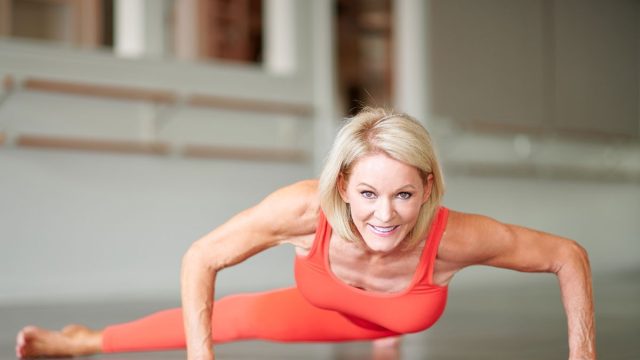
Getting older doesn't mean slowing down—but it does mean getting smarter about how we move our bodies. Fitness experts Liz Hilliard, creator of Hilliard Studio Method, and Ellen Thompson, a Certified Personal Trainer at Blink Fitness, have dedicated their careers to helping people maintain strength and mobility at every age. Their battle-tested recommendations could be exactly what you need to stay fit, energetic, and injury-free as you navigate your 50s and beyond.
Strength Training Is Non-Negotiable
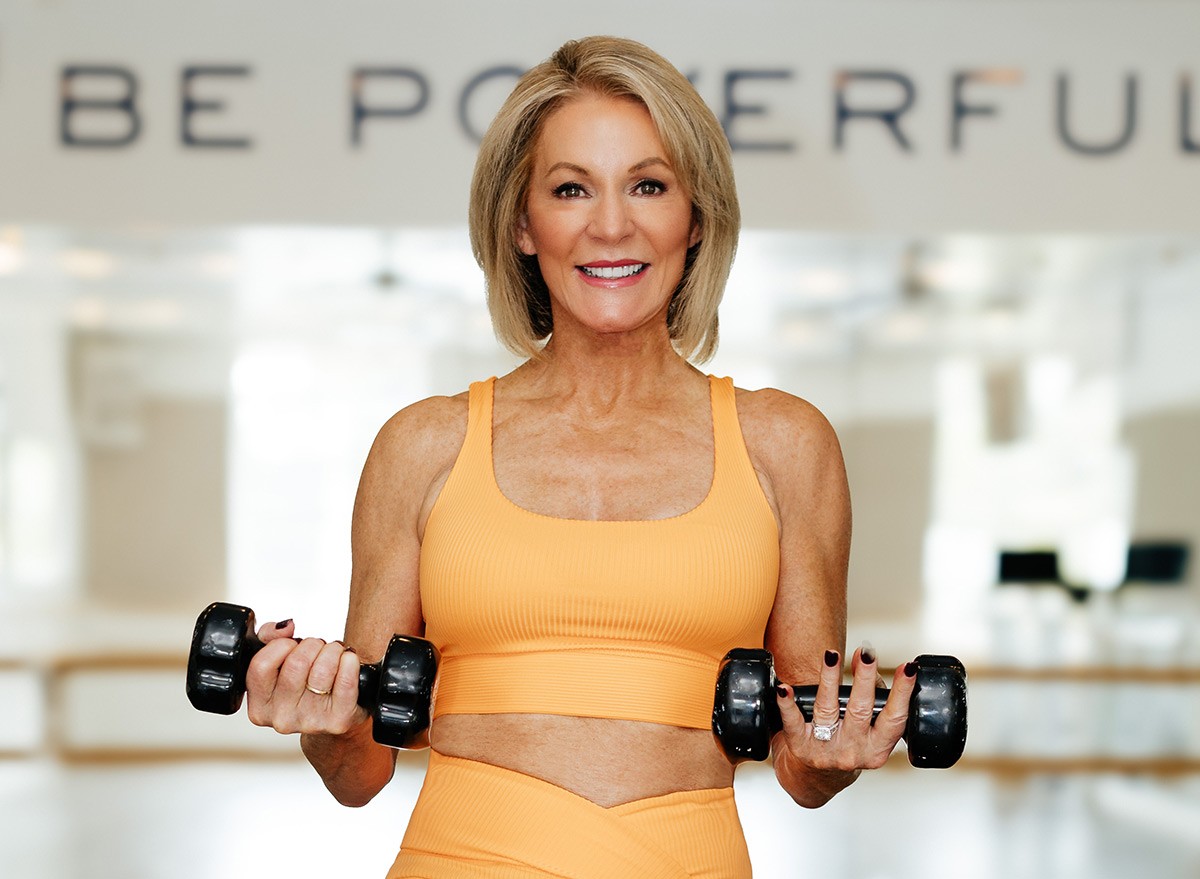
"Strength training is my number 1 recommendation for anyone 50 or older. We begin to lose muscle mass around age 30, which can lead to a whole host of problems from increased body fat and weight gain to sarcopenia or osteoporosis," says Hilliard. "But by incorporating strength training like we do at my studio, we not only build muscle and strength as we age but also improve our bone density and maintain a healthy weight. No matter how old you are, who doesn't want a smokin' hot sculpted body, youthful mobility for everyday tasks, and joint strength that helps to keep us injury-free!"
RELATED: 5-Minute Walking Workouts for Women Over 40 to Burn Fat at Home
The Perfect Push-Up for Any Fitness Level
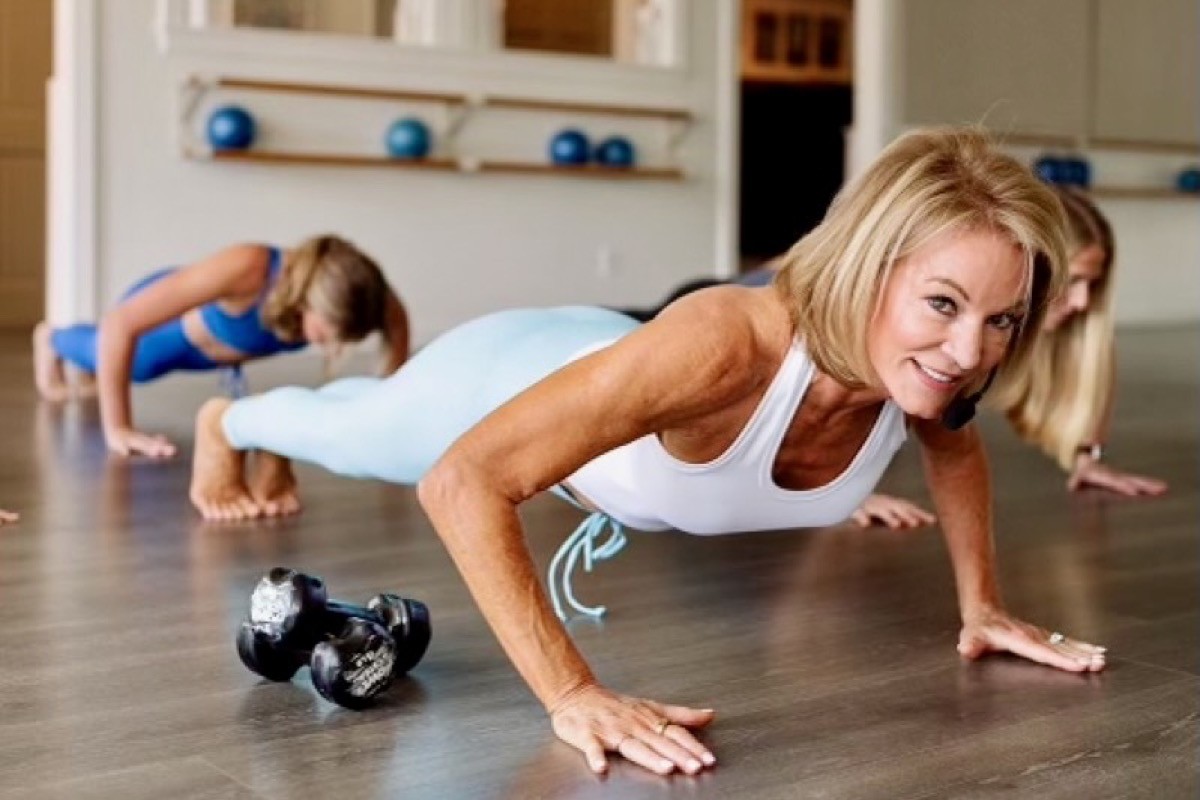
"My favorite strength training exercise that can be done anywhere, equipment-free is a push-up that can be achieved with legs straight or knees on the floor," explains Hilliard. "Never done a push-up? Begin by leaning against a wall at an angle with your hands slightly wider than your chest. Bend your elbows, taking your chest to elbow level to protect your shoulders while simultaneously strengthening them. Engage your core. A pushup is simply a moving plank that engages your core muscles and strengthens your upper body and back as well."
The Ultimate Full-Body Move
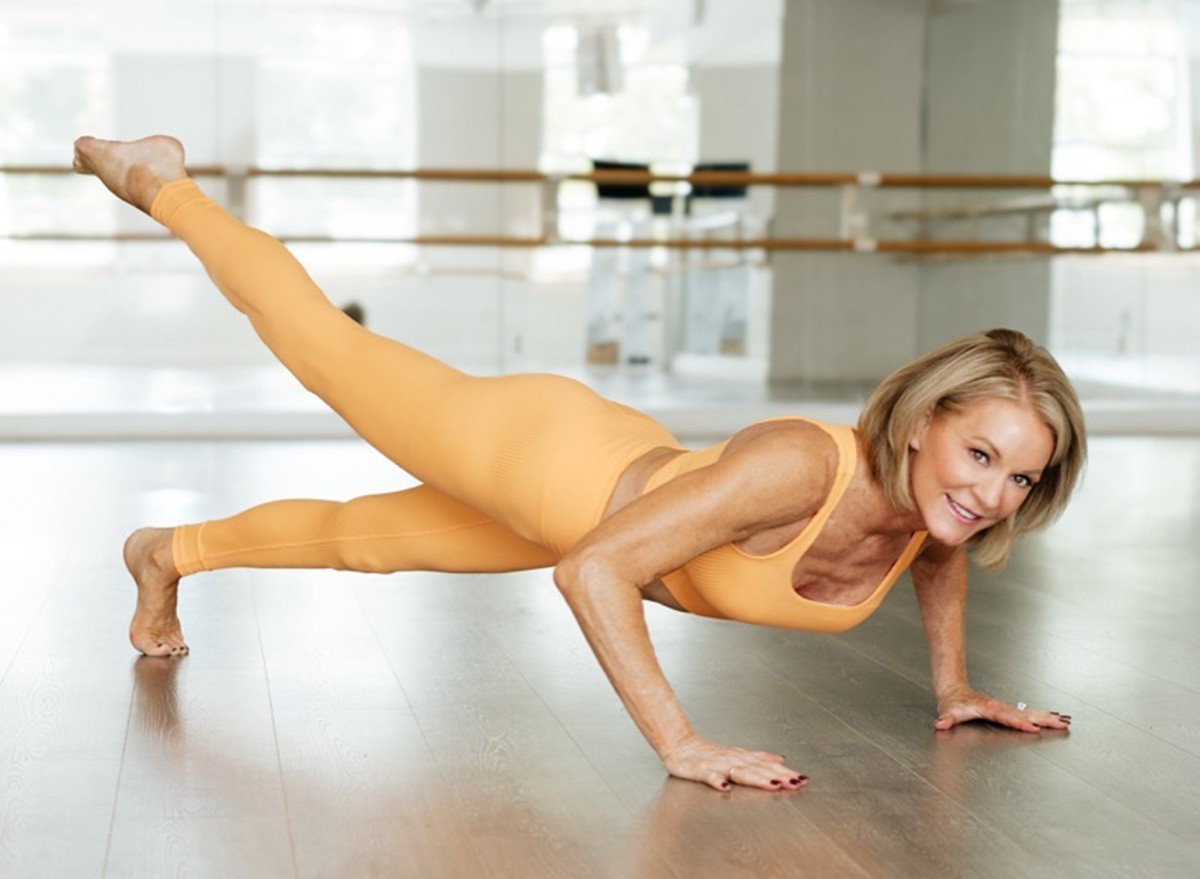
"HSM Pushup: From plank position, walk hands wider than shoulders, elbows gently turned out. Lift one leg in the air, bend the knee and crunch it in toward the chest, extend the leg back out straight," Hilliard describes. "While keeping the leg in the air, lower the body by bending the elbows until the chest is in line with the elbows and then straighten the arms to return to the start. One rep is a leg crunch and extension plus a pushup bend and press. Complete 8-10 each leg. To modify, put the floating toe down on the pushup or lower the supporting leg, knee to the mat."
"This is my all-time favorite push-up!" she adds. "You will literally work every muscle in your body in the most efficient, core-centric way to sculpt your body. If you could only choose one Hilliard Studio Method exercise, this is the one! The results will astound you!"
Keep Moving Your Body
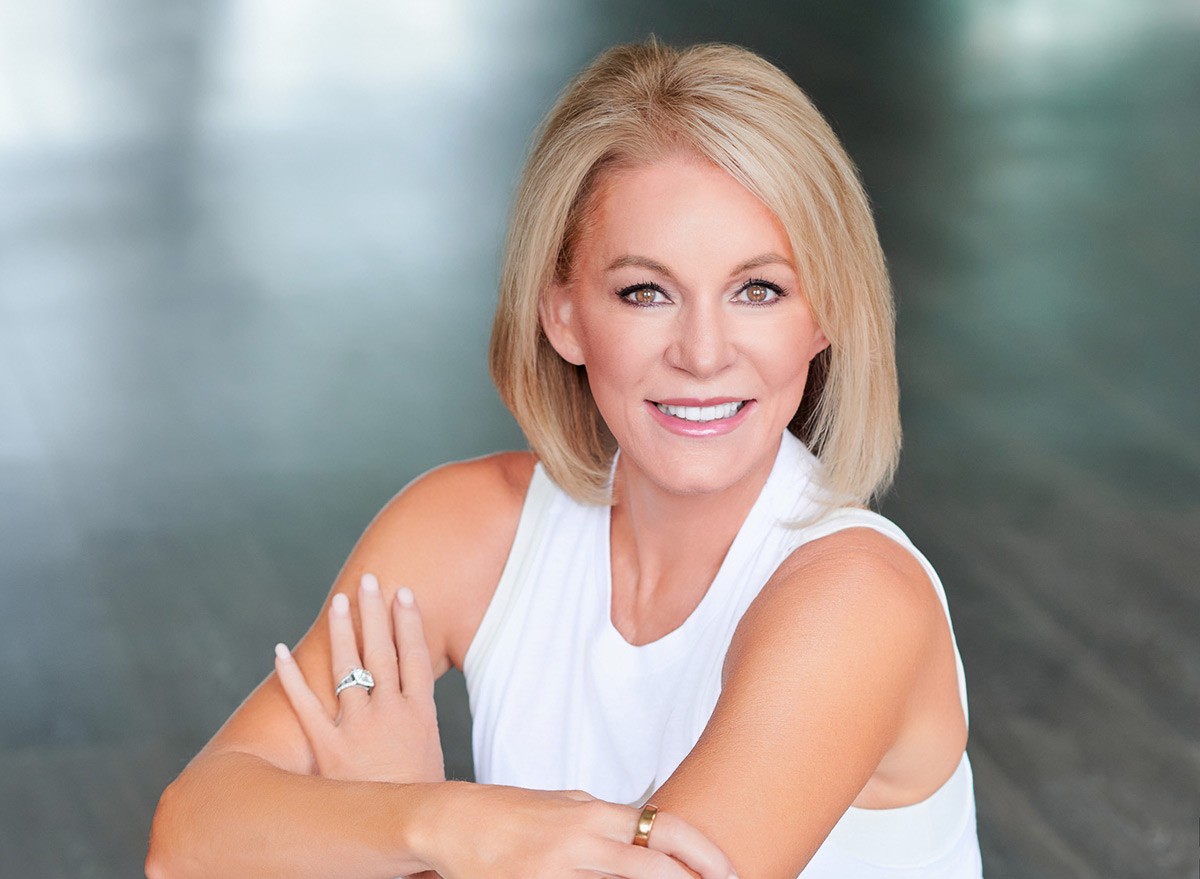
"The number one thing someone over 50 can do is 'move your body'," advises Ellen Thompson, Area Personal Training manager who oversees 19 high-volume gyms in New York. "Everyone has different interests, sports, pilates, strength training, walking, as long as you stay active and combine it with stretching, drinking water, get 7 hours of sleep, You will stay fit, healthy, have more energy and look younger. Staying fit doesn't have to be complicated, just find what works for you!"
RELATED: Tone Sagging Arms in 2 Weeks With These 5 Exercises
Bodyweight Squats for Better Balance
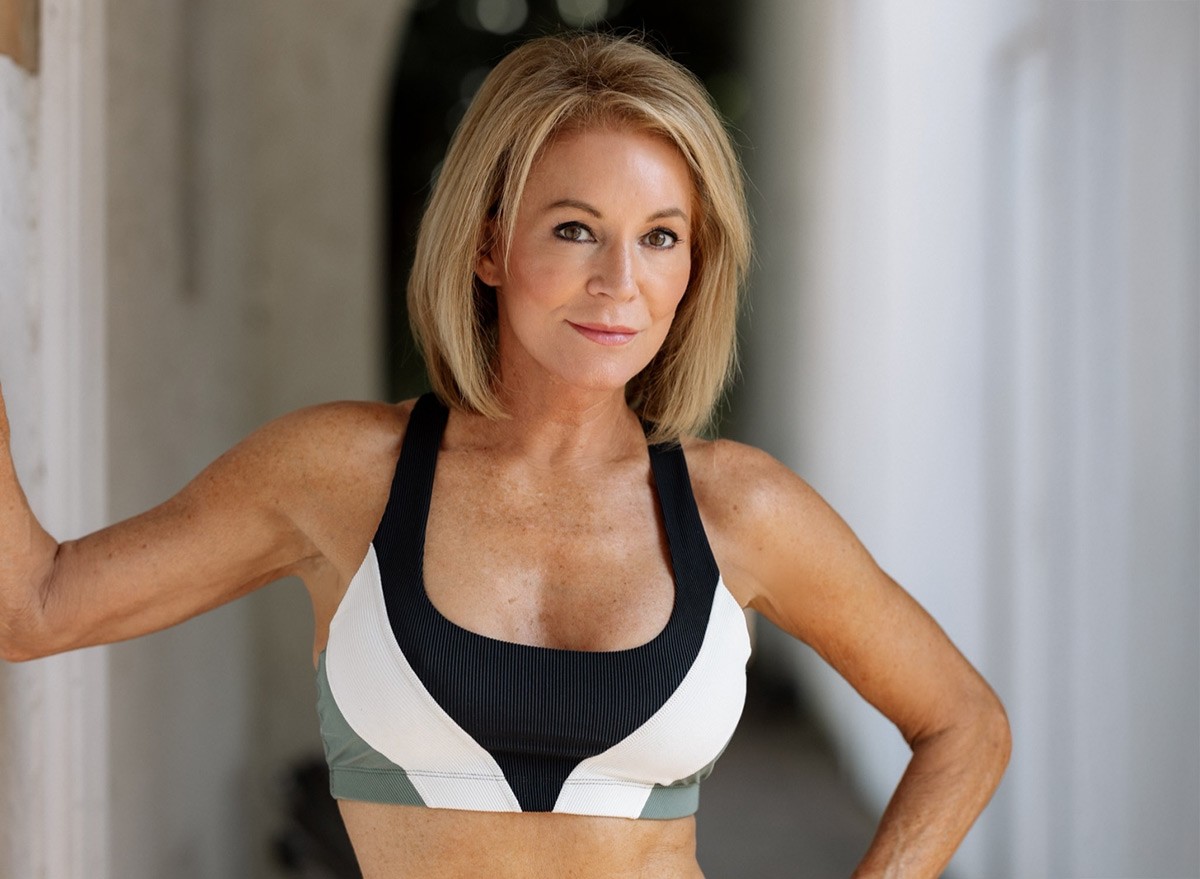
"Bodyweight Squats or Chair Squats build leg strength, specifically in the quads, hamstrings, and glutes," says Thompson. "This strength helps support everyday movements like standing, sitting, and climbing stairs. The muscles activated with squats are stabilizing muscles, which help improve balance. This ultimately decreases the risks of falls."
Modified Push-Ups That Protect Your Joints
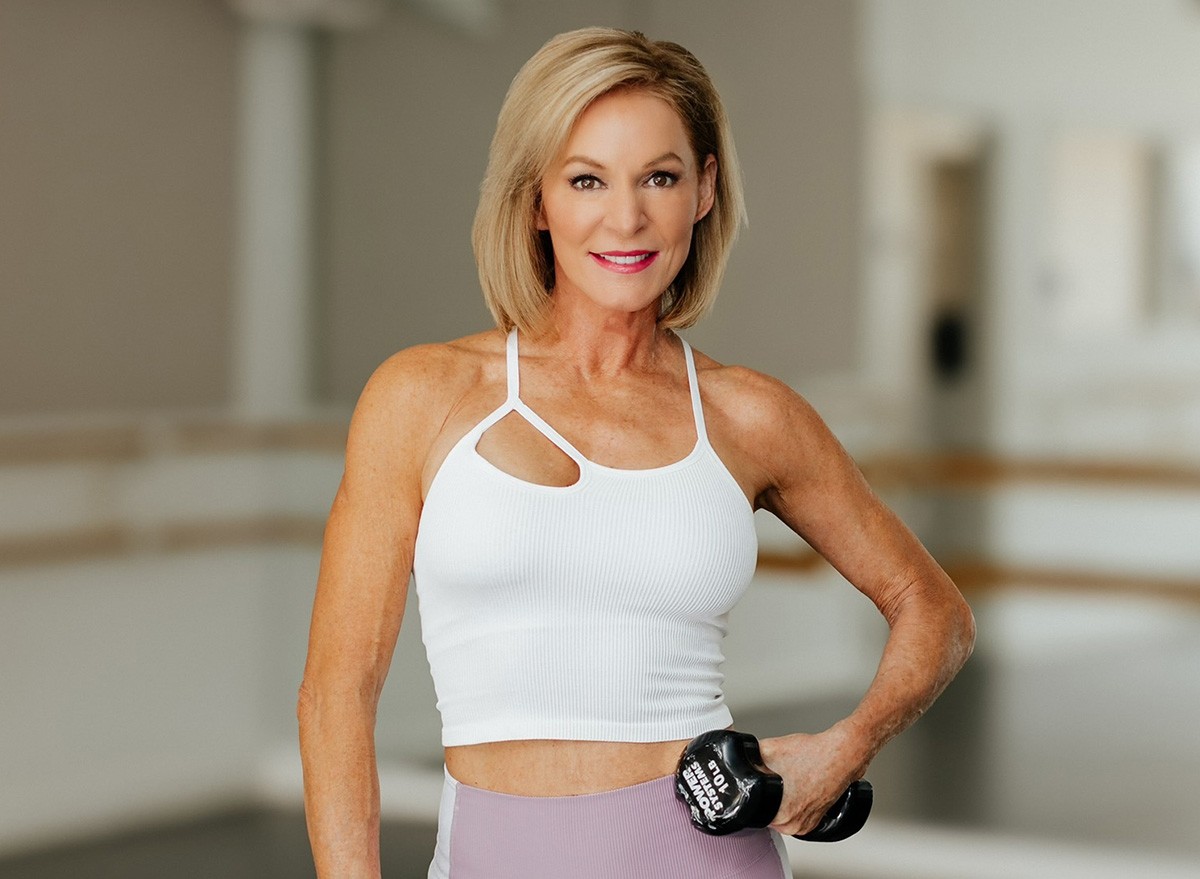
Thompson recommends: "Incline Push-Ups or Wall Push-Ups strengthen upper body and core while being joint-friendly. Traditional push-ups can be tough on the wrists, shoulders, and elbows, so doing an incline or wall push-ups reduces the load. They still work your chest, shoulders, and triceps! This helps support everyday movements like pushing, lifting, and carrying."
Bird-Dogs for a Stronger Core
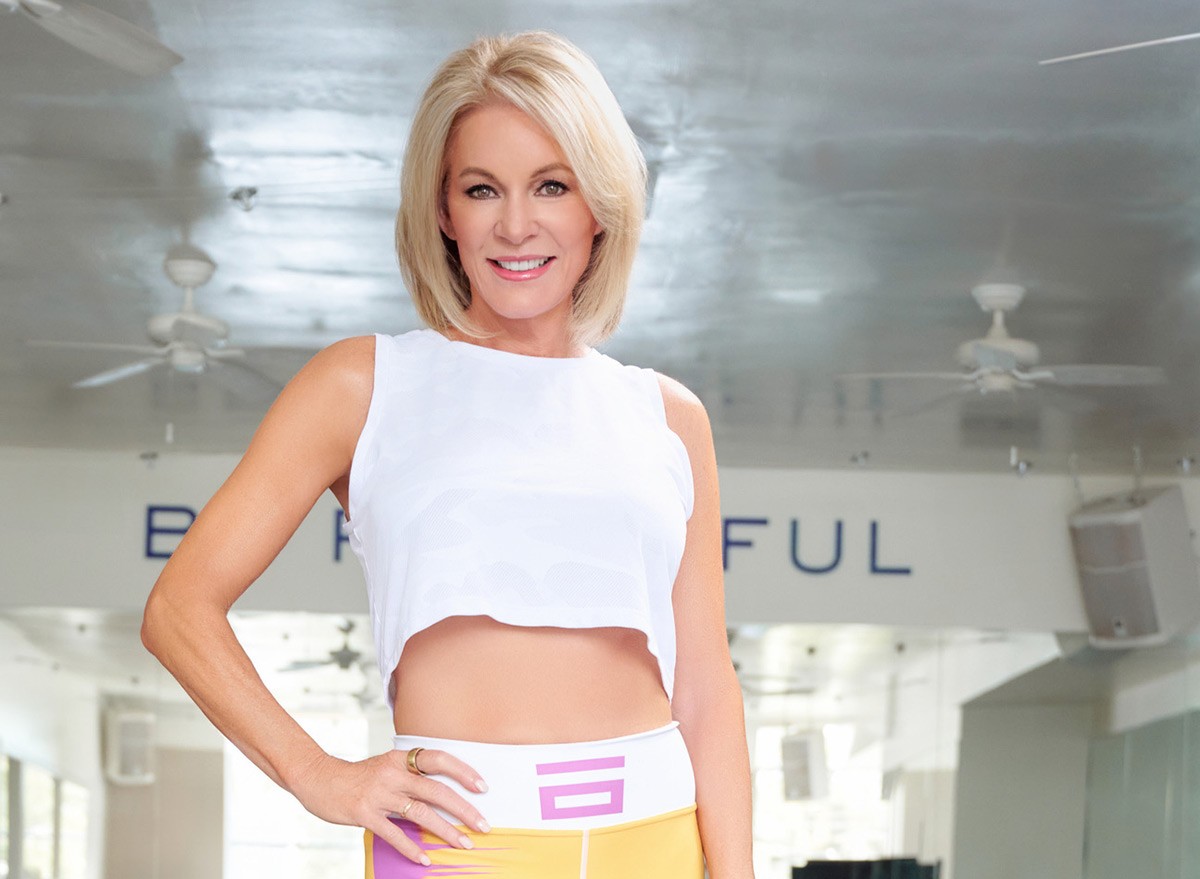
"Bird-Dogs are great for core stability, as they engage the transverse abdominis and obliques," Thompson explains. "These muscles provide stability for the spine and can help reduce back pain. Bird-dogs also challenge your balance, which improves your overall stability and coordination."
RELATED: I Got My Best Body After 50 and Here's How You Can, Too
Step-Ups for Real-World Strength
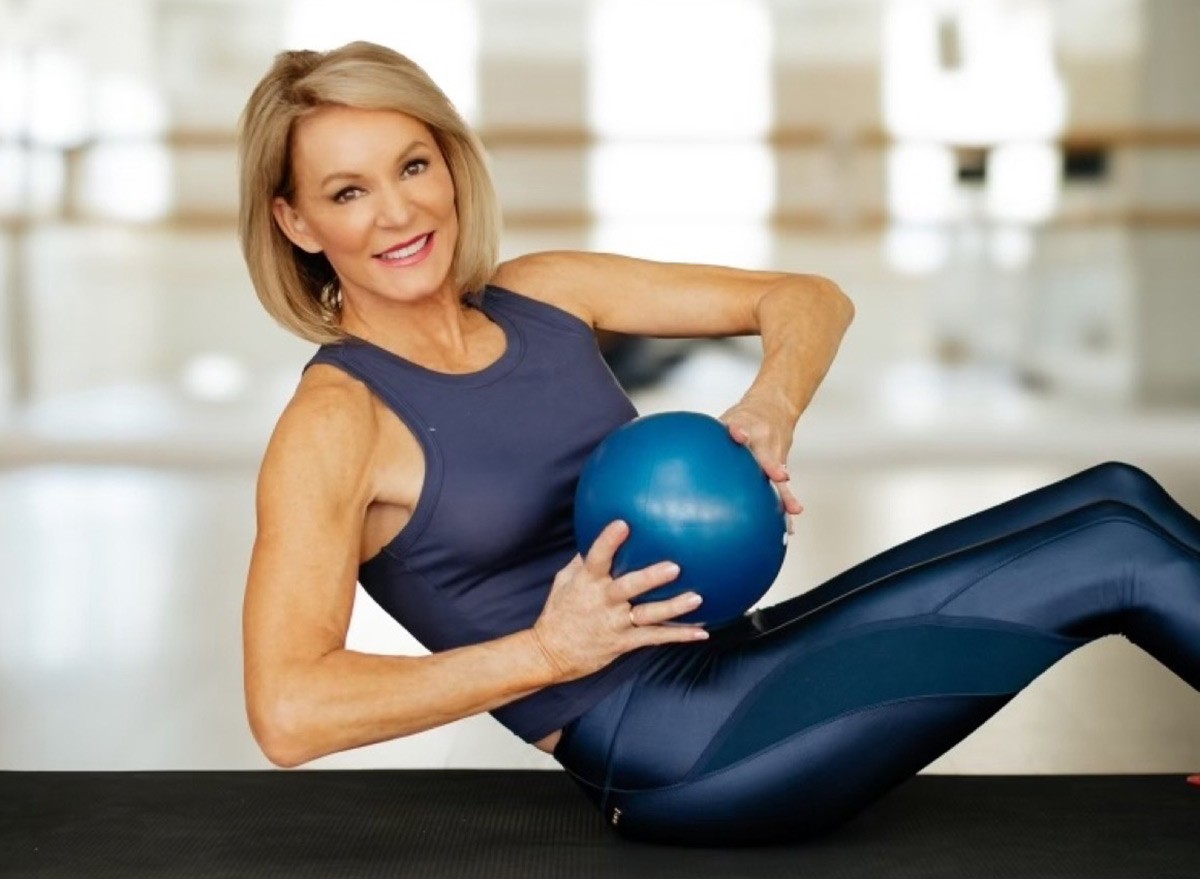
"Step-Ups (using a low stair or bench) strengthen the quads, glutes, hamstrings, and calves," notes Thompson. "These muscles are essential for everyday movements like climbing stairs, getting up out of a chair, and walking uphill. This is also a low-impact exercise that supports joint health, without putting stress on them."
Deadlifts: The Ultimate Functional Exercise
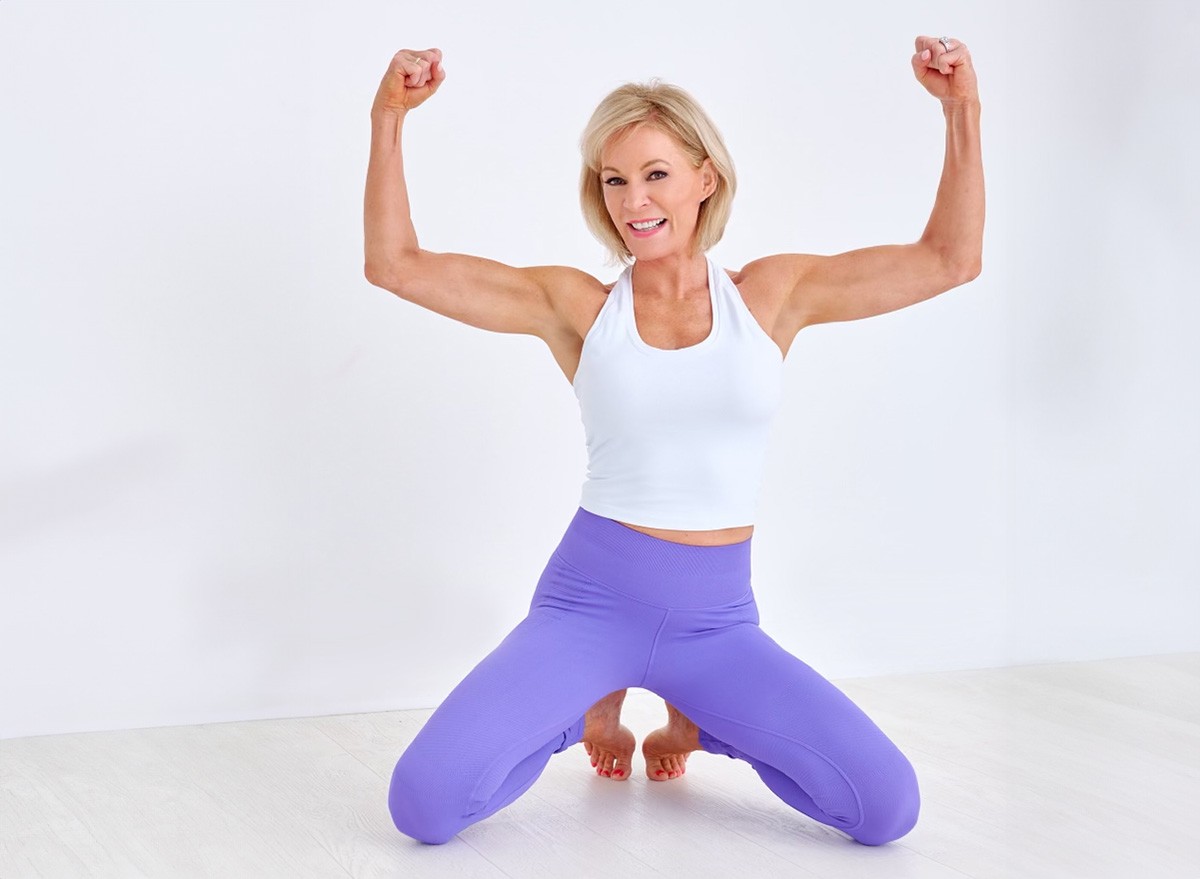
Thompson concludes: "Deadlifts (use barbell, kettlebell or dumbbell) are a great functional exercise that engages multiple muscle groups, including the legs, glutes, back, core, and grip strength. Deadlifts mimic everyday activities like lifting groceries or picking things up." And if you enjoyed this article, don't miss 12-3-30 Walking Method: 20 Proven Tips to Lose Weight Faster.




